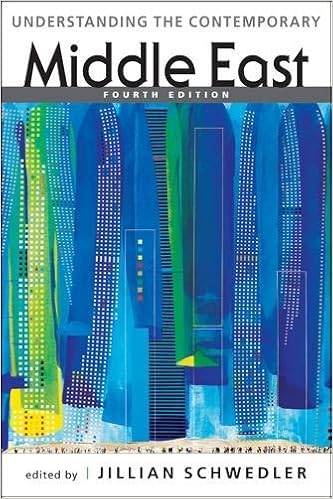
This textbook was assigned for a "Demystifying The Modern Middle East" course at Stanford University, and we've been reading 1-2 chapters per week, though not in the order in which they're written in the book. This fourth edition, published in 2013 has been updated to reflect changing circumstances in the Middle East, and is probably due for yet another update due to the volatility in this region.The fourth edition of Understanding the Contemporary Middle East has been fully revised and updated throughout to reflect the still-unfolding impact of the Arab Spring, the changing international environment, the impasse in the Israeli-Palestinian conflict, and much more. The book also includes an entirely new chapter on the role of women in the Middle East. Maps, photographs, and details of basic political data enhance the text, widely acknowledged as the best available introduction to the region.
The following chapters are included:
1 - Introduction
2 - The Middle East - a Geographic Preface
3 - The Historical Context
4 - Middle Eastern Politics
5 - International Relations
6 - The Israeli-Palestinian Conflict
7 - The Economies of the Middle East
8 - The Political Economy of Middle Eastern Oil
9 - Population Growth, Urbanization, and the Challenges of Unemployment
10 - Kinship, Class and Ethnicity
11 - The Role of Women
12 - Religion and Politics in the Middle East
13 - Middle Eastern Literature
14 - Trends and Prospects
Each chapter is followed by a bibliography of sources that can serve as additional reading if you desire more in depth knowledge of that subject. There is also a comprehensive index. The text is very dense and academic and rather a slow read as there is a lot of information packed into a page. The reading experience could have been enlivened by more liberal use of photographs and illustrations. Nevertheless, the book offers a valuable overview of the region, and is very useful in understanding both the history and current complexities in this very volatile region of the world.
No comments:
Post a Comment